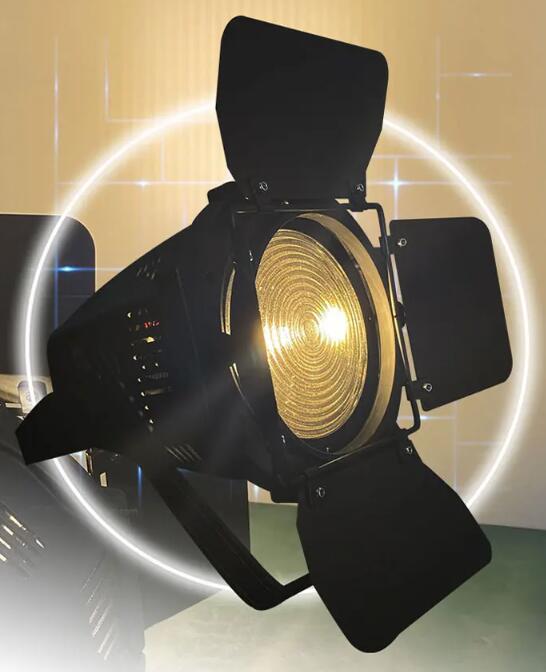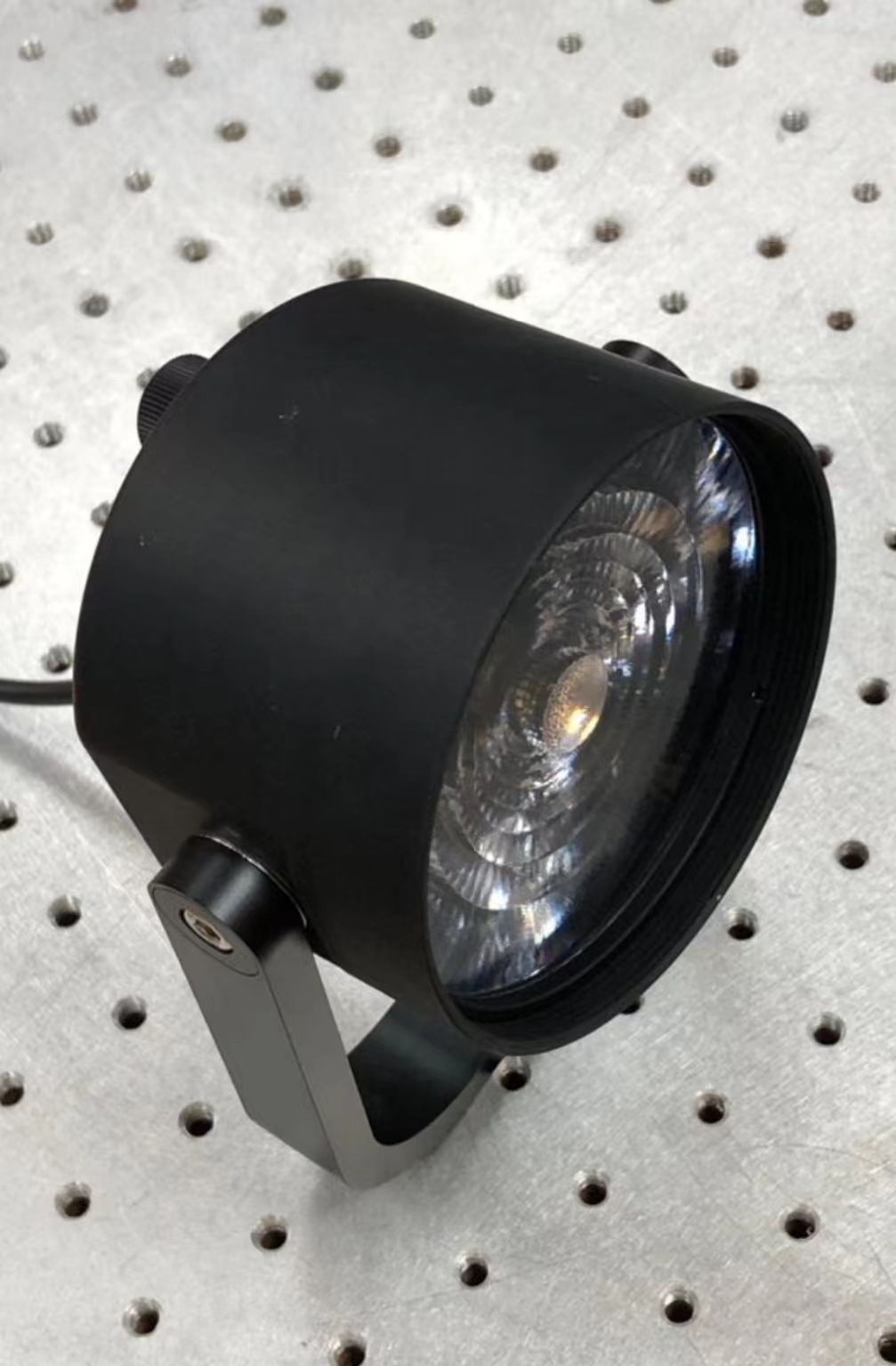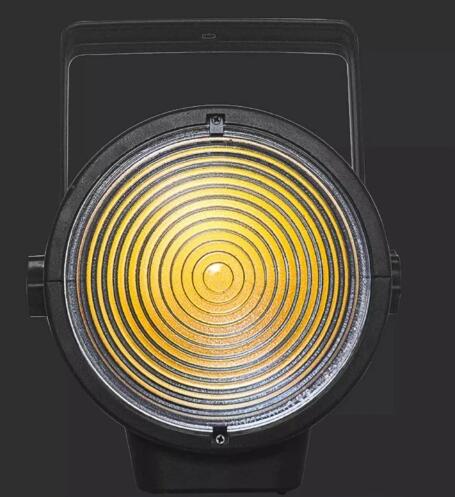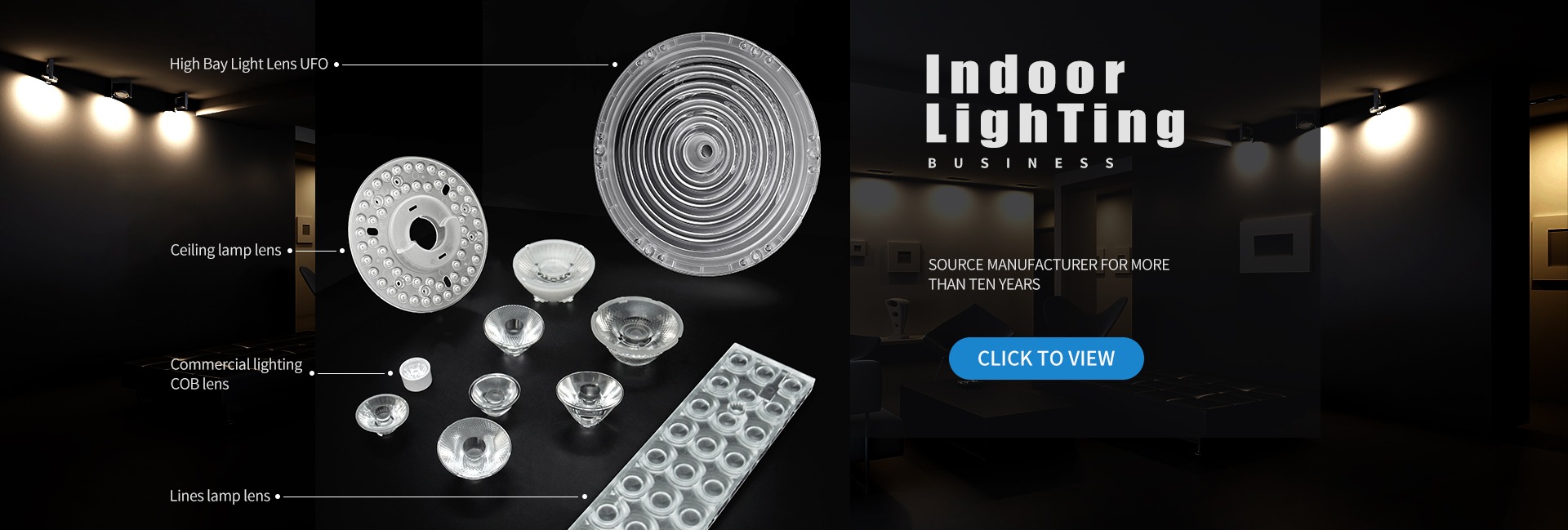
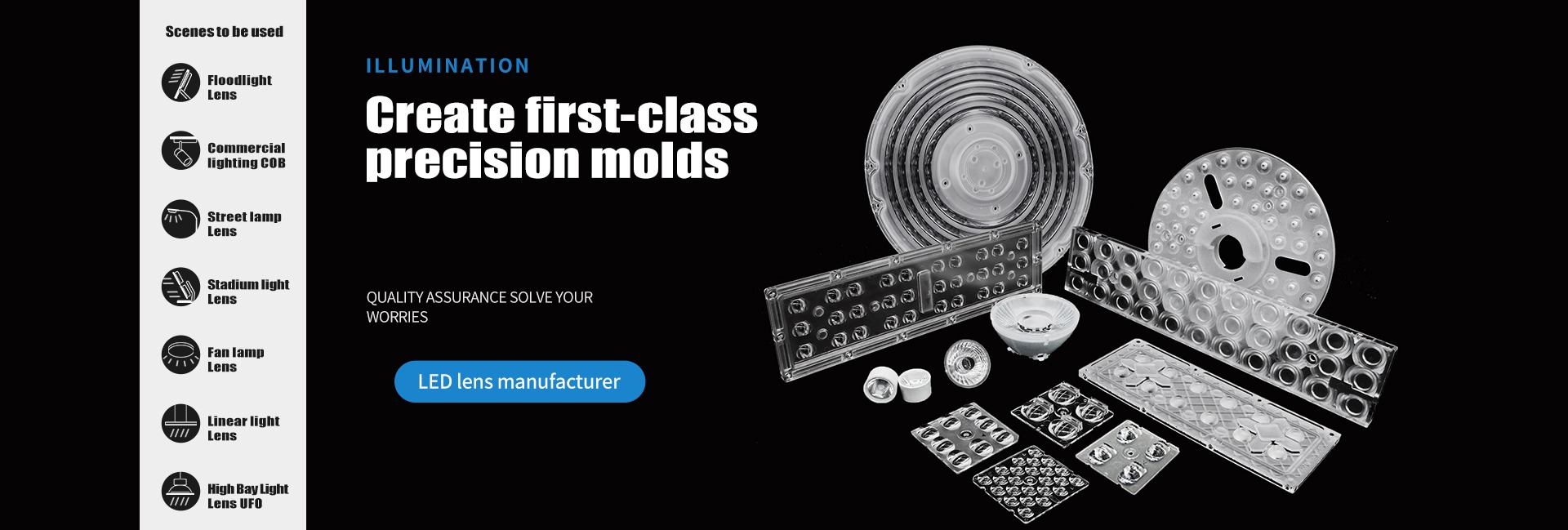
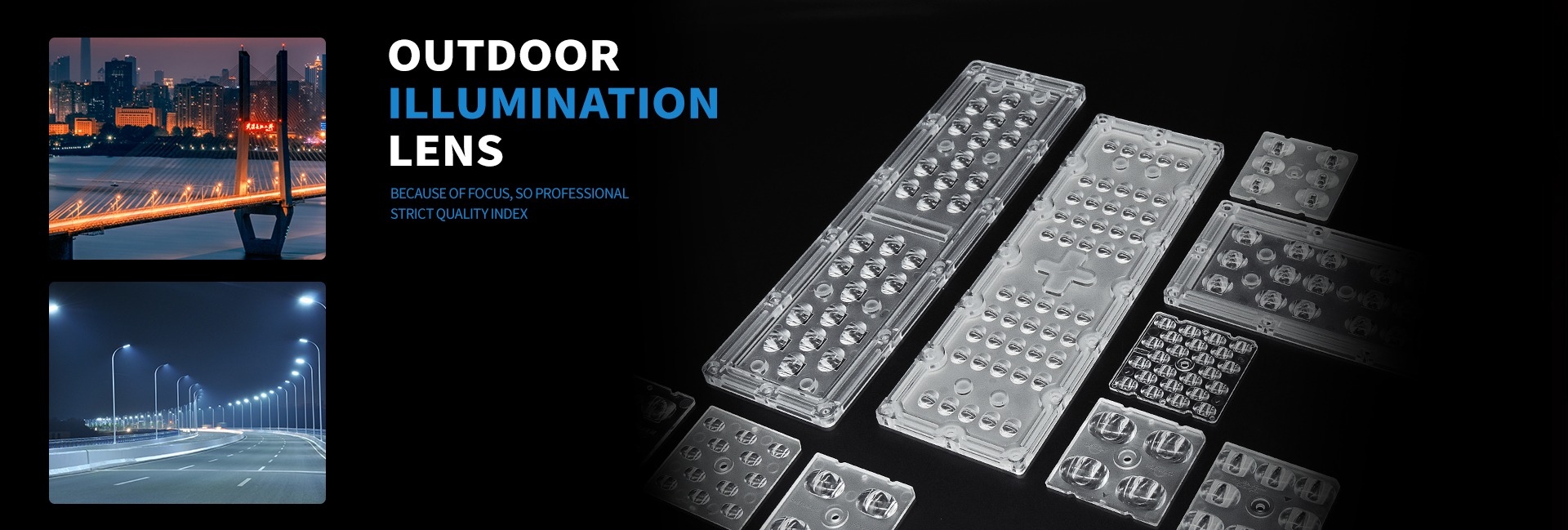


Fresnel lens is used for LED light source to increase light efficiency and brightness. Compared with the same lens and LED light, the focal length and distance are different, and the angle of outgoing light can be set arbitrarily. Single light or multiple array LEDs The lights can be designed according to the needs. The size of the lens can be designed according to customer needs, and the light output angle can be adjusted to reduce the cost of mold opening. Precise machine tool processing realizes the accurate transmission of light. Features: Fresnel lens has the advantages of ultra-thin structure, super large size, ultra-light weight, arbitrary shape cutting, excellent light transmittance, low price, light and easy to carry, etc. It has more advantages than traditional convex lenses, and its weight is less than Convex lens, suitable for many occasions. Widely used in: LED floodlights, colorful floodlights, lighting, landscape lights, signal lights, wall washers and other lamps.
Optical glass :
1. Material: Optical glass (high borosilicate, K9, BK7, BK270)
2. Light transmission: 95% (97% after coating)
3. Refractive index: 1.474
4. Operating temperature: -50-500 degrees
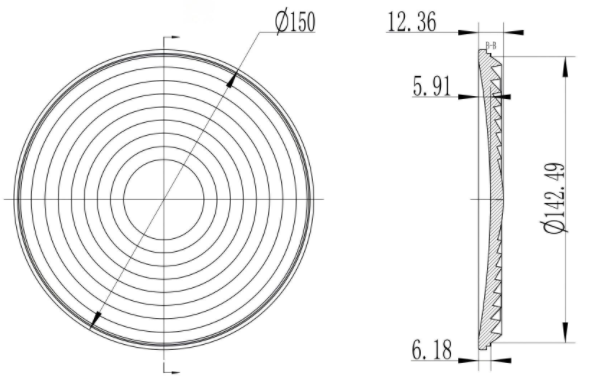
Fresnel Glass Lens Datasheet :
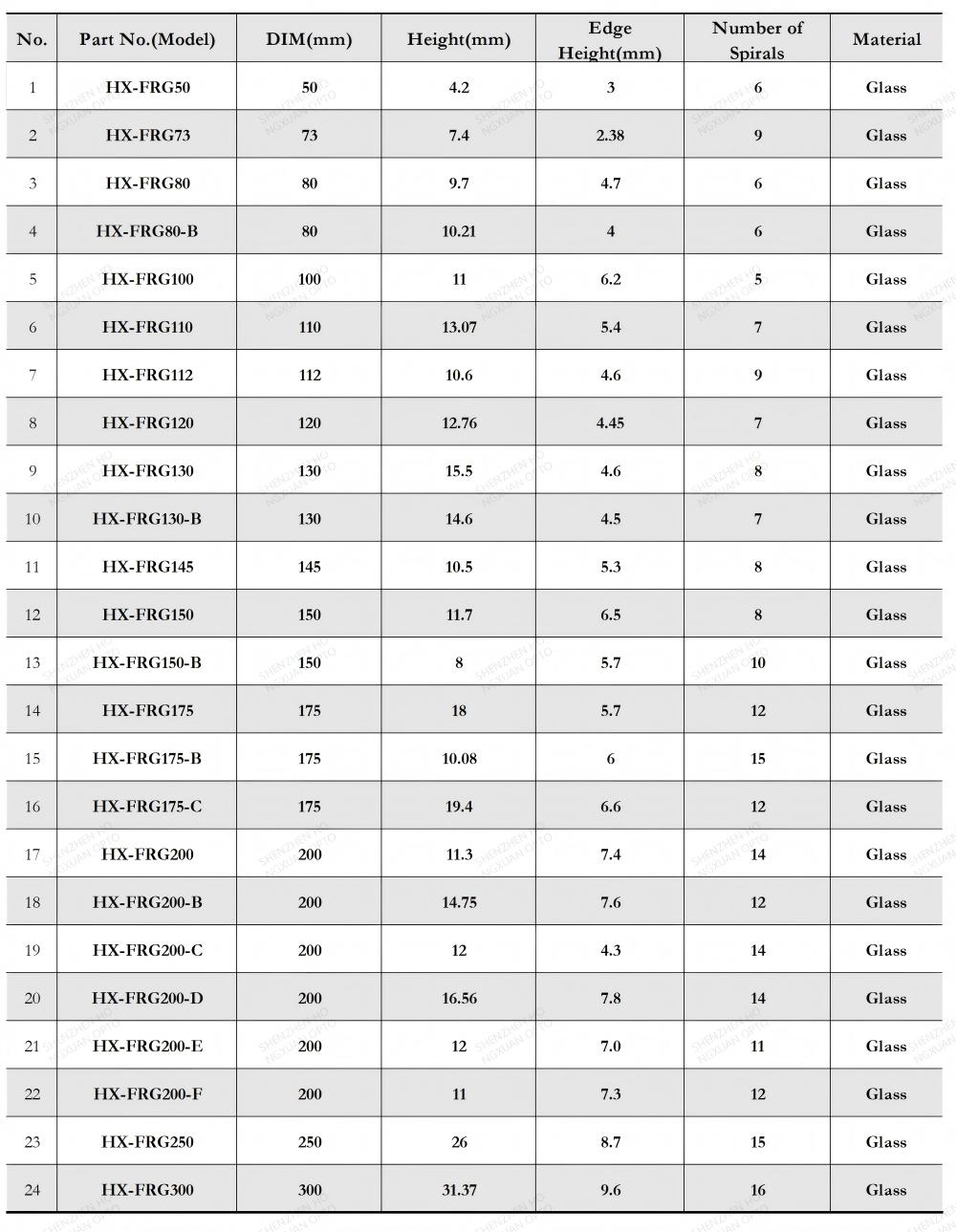
Surface profile:
While in principle aspheric surfaces can take a wide variety of forms, aspheric lenses are often designed with surfaces of the form

where the optic axis is presumed to lie in the z direction, and z(r) is the sag—the z-component of the displacement of the surface from the vertex, at distance r from the axis. The coefficients alpha;describe the deviation of the surface from the axially symmetric quadric surface specified by R and kappa . If the coefficients alpha are all zero, then R is the radius of curvature and kappa is the conic constant, as measured at the vertex (where r=0). In this case, the surface has the form of a conic section rotated about the optic axis, with form determined by kappa :
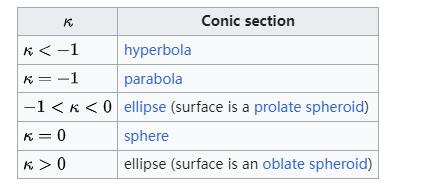
The above equation suffers from strong correlation between the coefficients of the first term and the polynomial terms. This leads to strong divergences when it comes to fitting the equation to an aspheric surface. Therefore, different equations using "Q-polynomials" where coefficients are orthogonal to each other are an alternative that is sometimes used.
